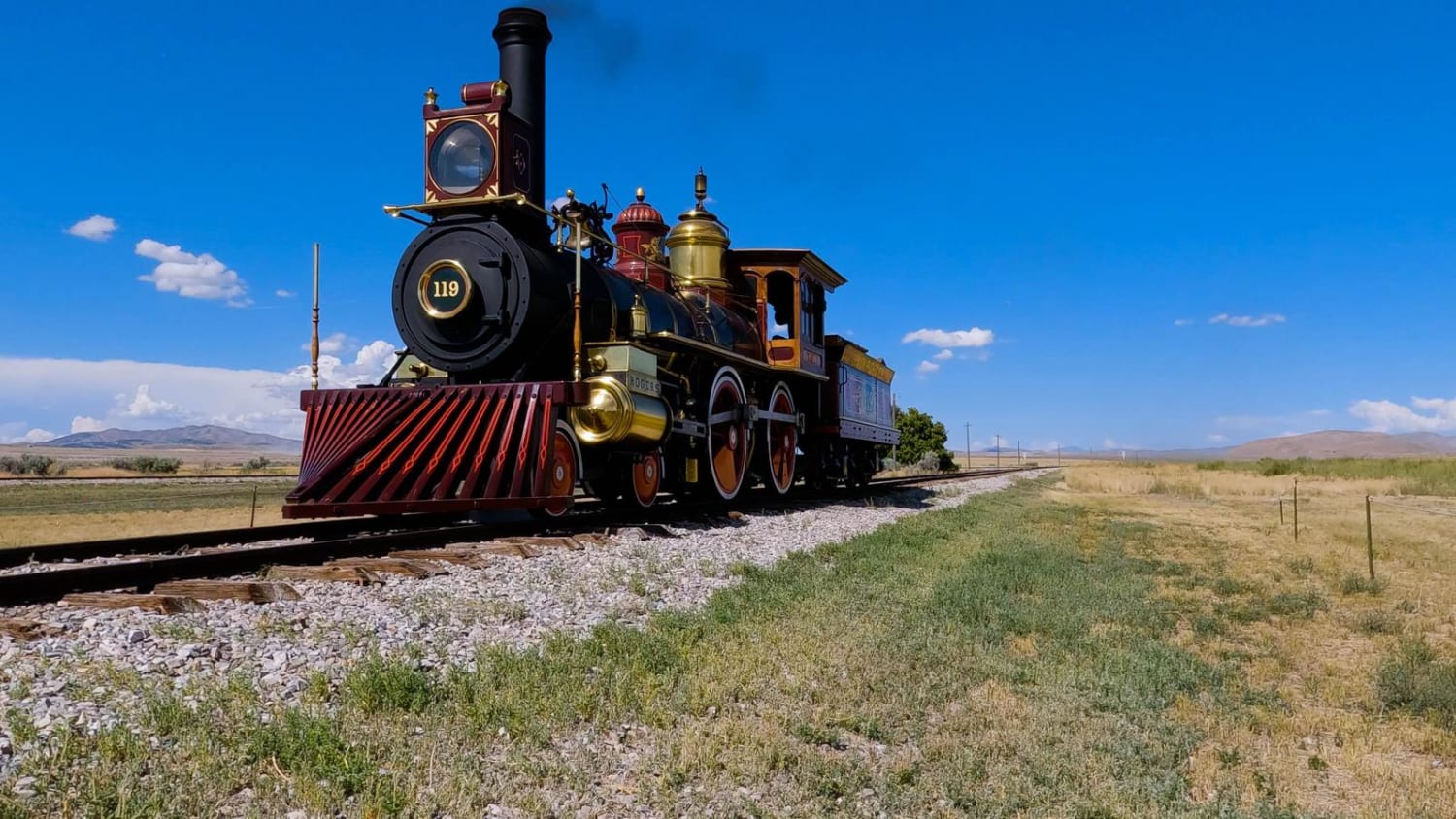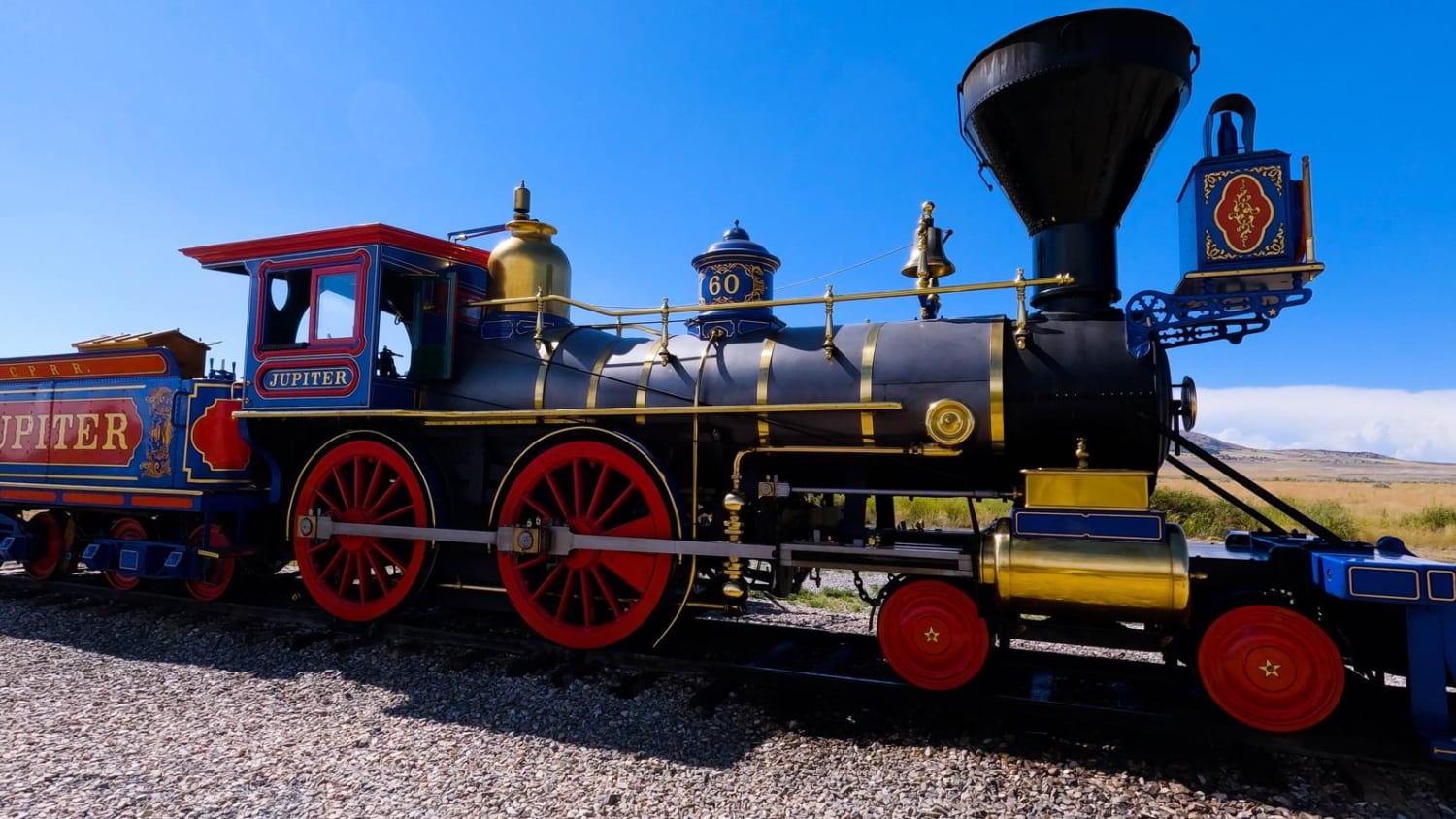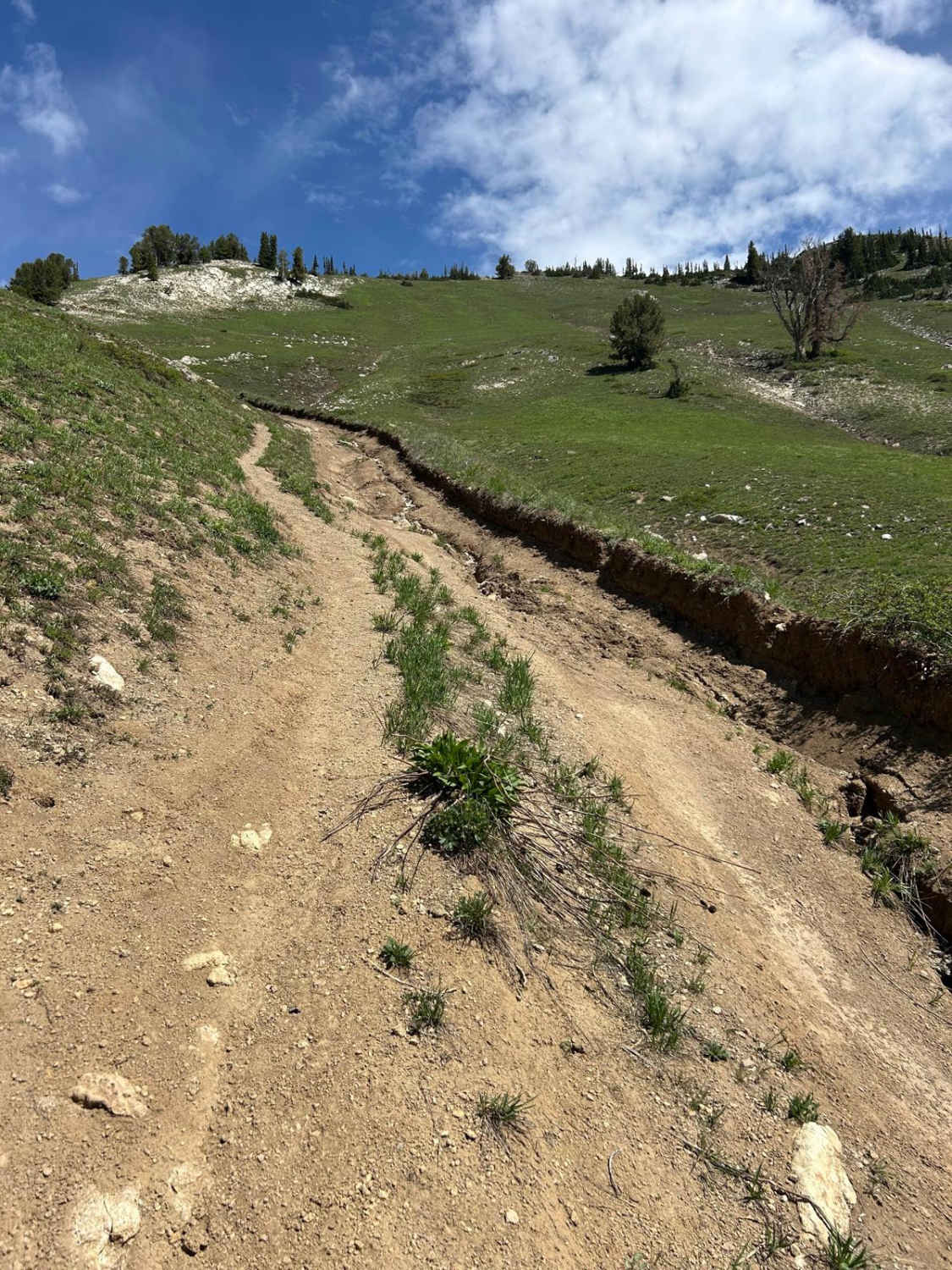Golden Spike Auto Tour, Transcontinental Railroad Byway
Total Miles
96.4
Technical Rating
Best Time
Spring, Fall, Summer, Winter
Trail Type
Full-Width Road
Accessible By
Trail Overview
This historic trail follows the last 90 miles of the Transcontinental Railroad. The trail is the actual grade where the railroad tracks were. There are slight detours around the wooden trestles, but 90 percent is the original grade. Along the way, there are several signs talking about the construction of the railroad as well as what towns used to be there. This is a very insightful trail full of history and learning. The trail itself is not technical. Most vehicles can do it in 2WD. There are a few ruts but nothing major to contend with. It is recommended to travel west to east. At the end of the trail, you get to the National Monument for the Golden Spike. There are replica trains that run daily in the summer and all kinds of movies and things to read about. It's definitely a great trail to do if you are a history buff or love stepping back in time. Make sure you have fuel and water. There is nothing out here but the grade, trestles, and signs. The closest town is 30-90 miles away.
Photos of Golden Spike Auto Tour, Transcontinental Railroad Byway
Difficulty
This is an easy trail but there are some ruts in the washes. High clearance isn't needed but pay attention in lower-clearance vehicles.
History
Promontory Summit, Utah, had been agreed upon as the point where the two railheads would officially meet, following meetings in Washington, D.C. in April 1869 where it was also agreed that a ceremony would be held to drive in the Last Spike to commemorate the occasion. However, the original date of May 8 had to be postponed for two days because of bad weather and a labor dispute on the Union Pacific side. Over 400 laid-off unpaid graders and tie cutters chained U.P.R.R. Vice-President Thomas Durant's dignitary railcar to a siding in Piedmont, Wyoming, until he wired for money to pay them. After almost a two-day delay, when Durant's train arrived at the Devil's Gate Bridge in Wyoming, floodwaters turned a mild creek into a raging torrent, which threatened to collapse the railroad bridge. The engineer would not take his locomotive, whose number is lost to history, across the rickety structure, but he gave each of the passenger cars a hefty heave. The cars coasted across, but Durant no longer had a way to get to Promontory. A hasty telegraph to Ogden, Utah, sent Union Pacific's engine "119" to the rescue. After a hearty party in Ogden the night of May 9, the dignitaries arrived at Promontory Summit on the morning of May 10, where the Golden Spike Ceremony was finally planned and took place, with the last iron spike driven at 12:47 PM. The trains carrying the railroads' officials were drawn by Union Pacific's No. 119 and Central Pacific's No. 60 (officially named the Jupiter) locomotives, neither of which had been originally chosen for the ceremony. The Central Pacific had originally chosen their No. 29 Antelope to attend the ceremony, while the Union Pacific had also chosen another, unidentified engine for their train, but both engines encountered mishaps en route to the ceremony. On May 10, Jupiter and 119 were drawn up face-to-face on Promontory Summit, separated only by the width of a single tie. It is unknown how many people attended the event; estimates run from as low as 500 to as many as 3,000 government and railroad officials and track workers
Status Reports
Golden Spike Auto Tour, Transcontinental Railroad Byway can be accessed by the following ride types:
- High-Clearance 4x4
- SUV
- Dirt Bike
Golden Spike Auto Tour, Transcontinental Railroad Byway Map
Popular Trails
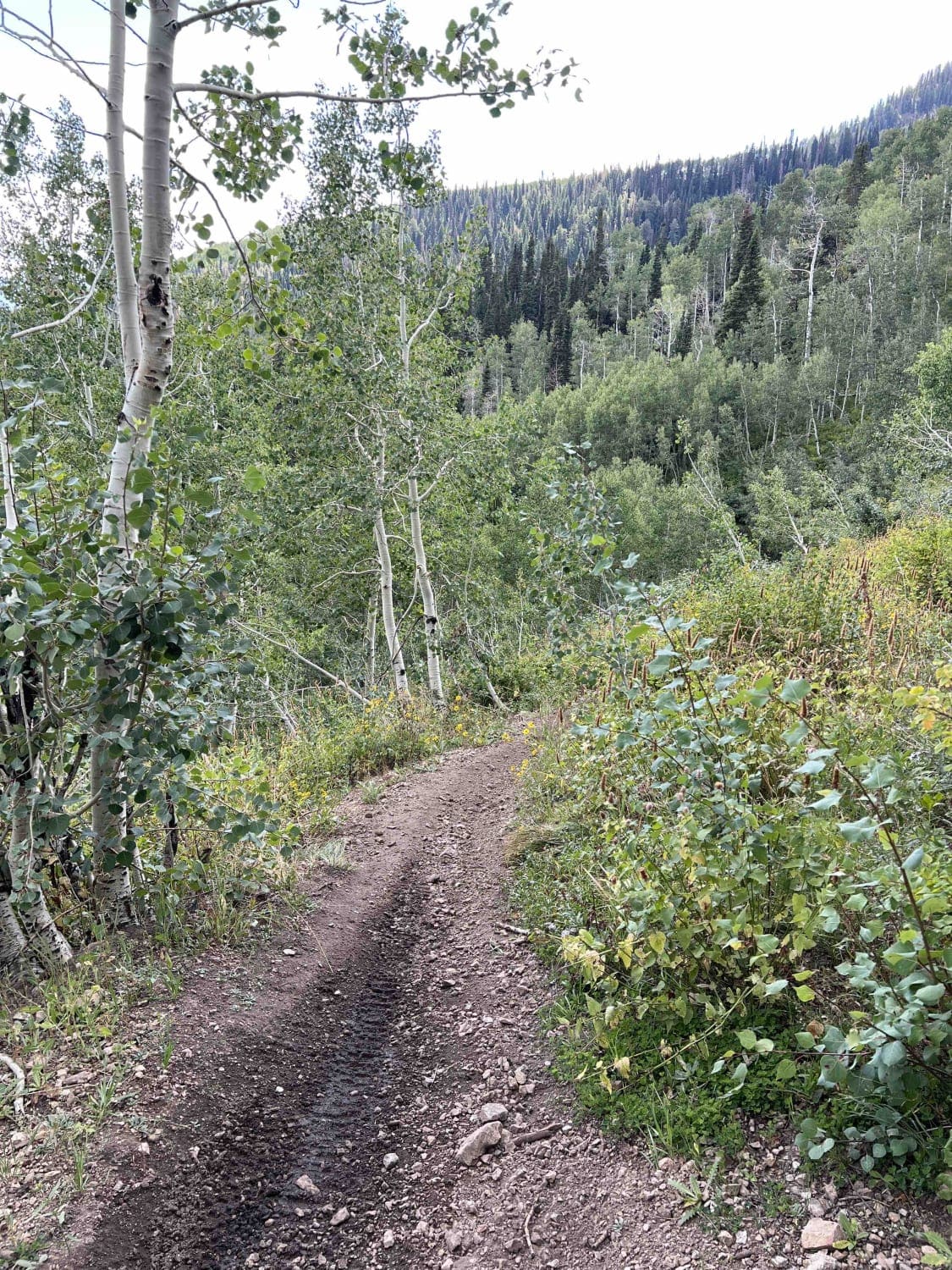
Pot Hollow (2037)
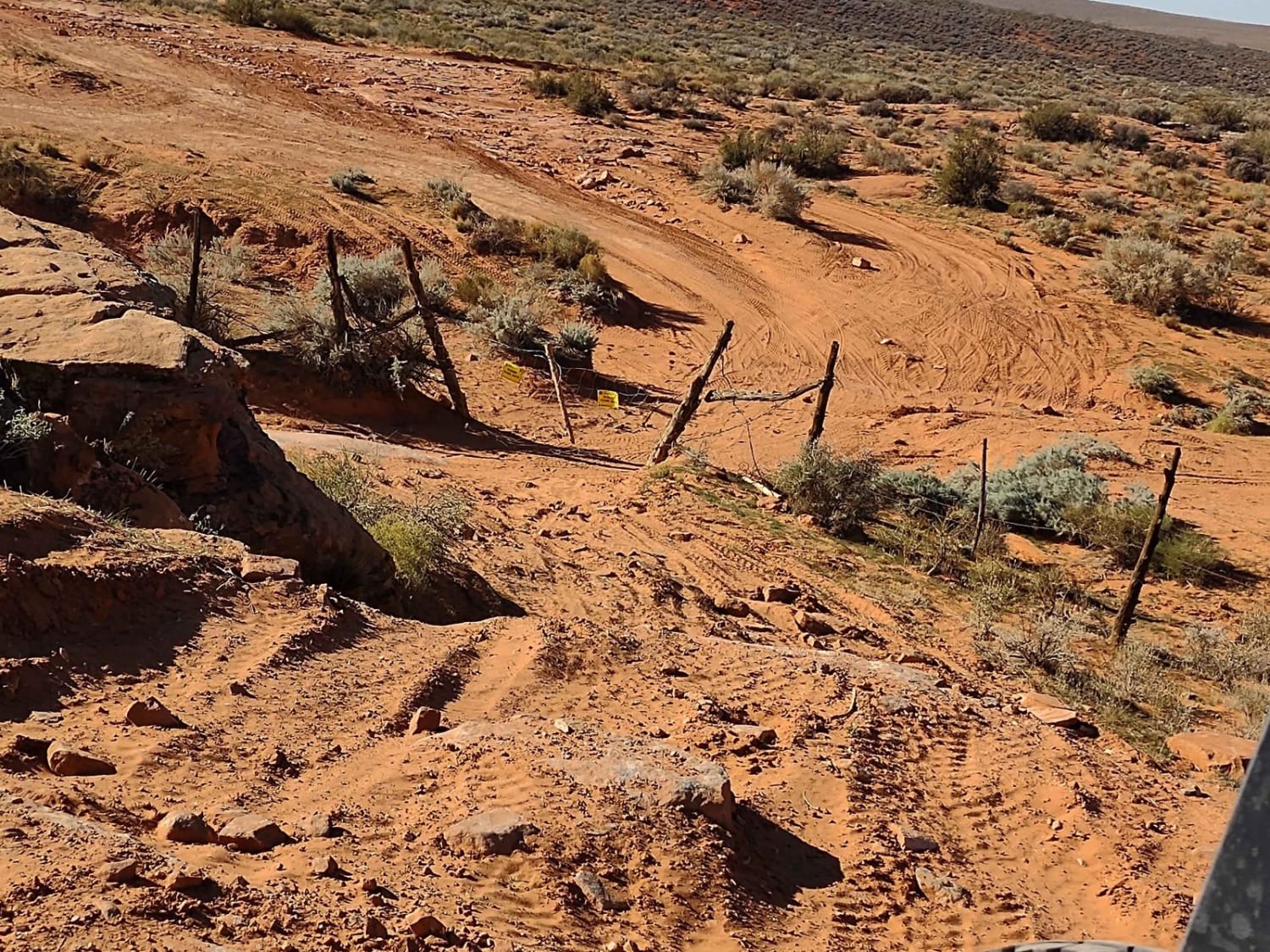
Dinosaur Tracks to East Rim
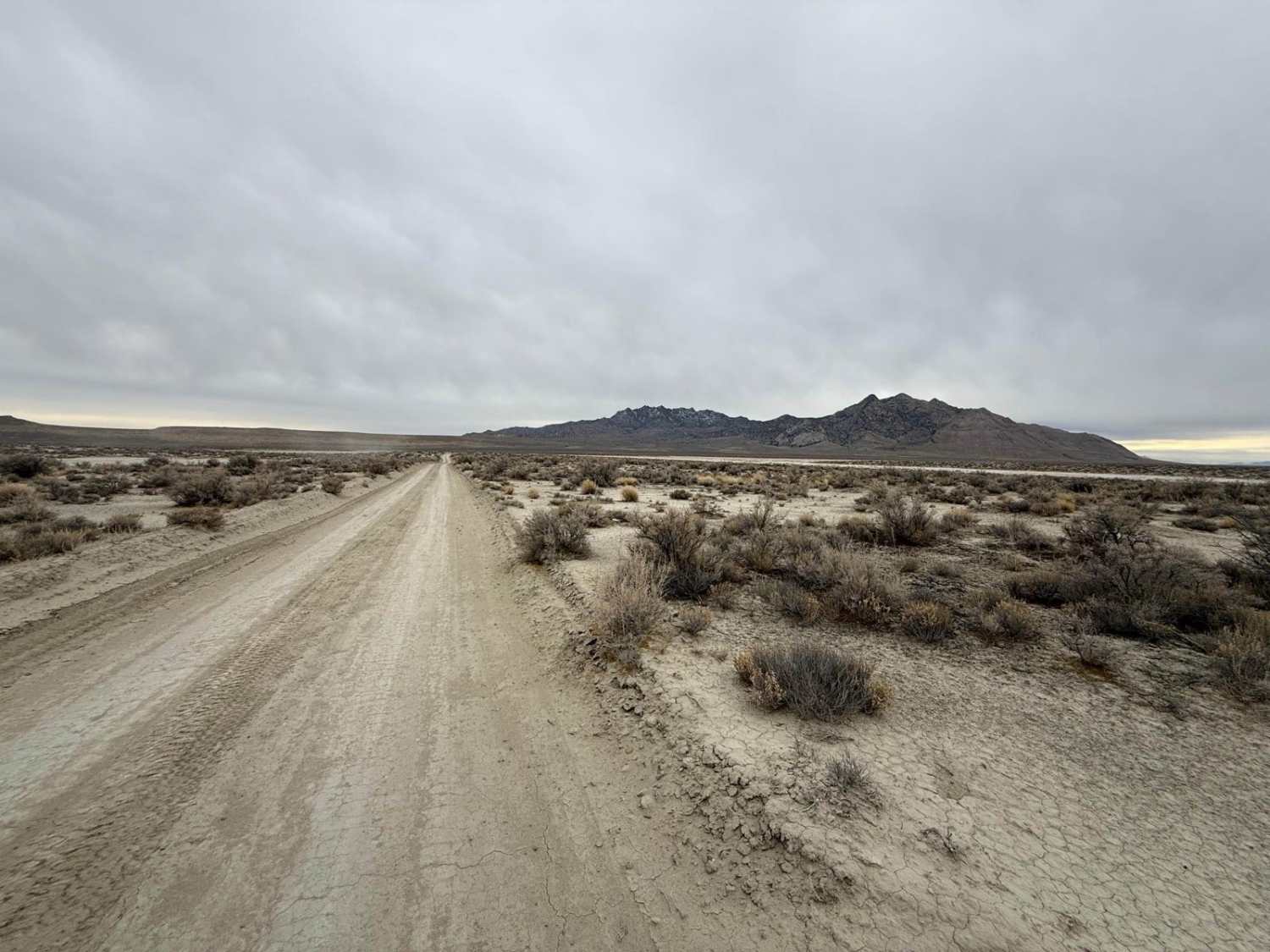
West Newfoundland Road
The onX Offroad Difference
onX Offroad combines trail photos, descriptions, difficulty ratings, width restrictions, seasonality, and more in a user-friendly interface. Available on all devices, with offline access and full compatibility with CarPlay and Android Auto. Discover what you’re missing today!
